The Evolution of Business Attire
Many offices these days only require a smart casual dress code, or business attire which has fairly relaxed rules – but this never used to be the case. Business attire has completely evolved over the years, and will continue to evolve as the workplace transitions from the office to our own homes.
Early 20th Century
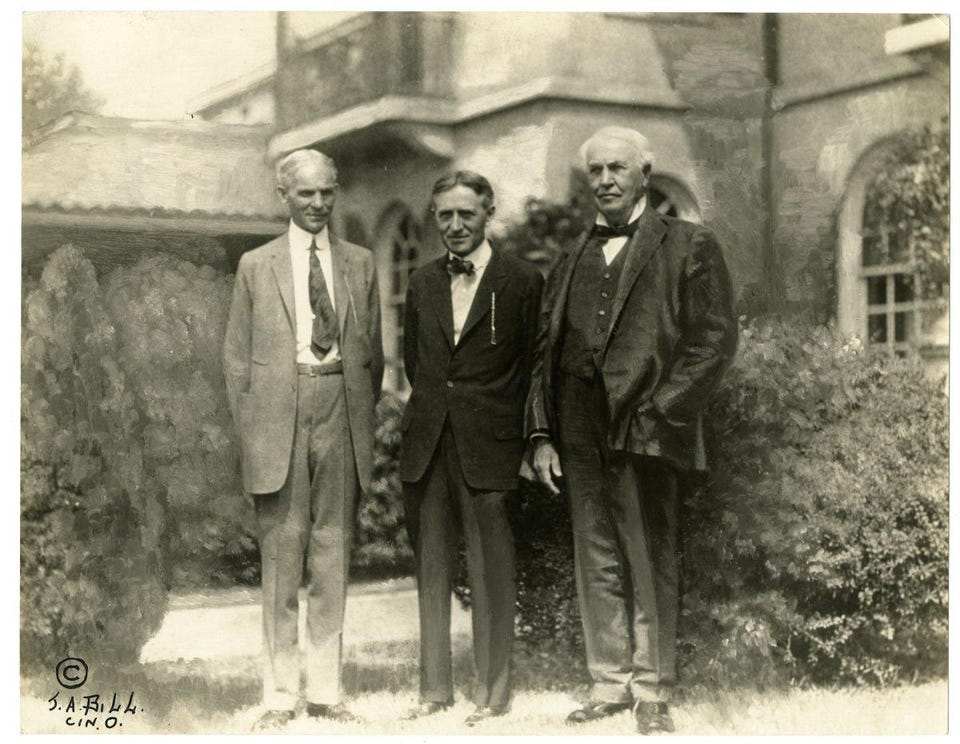
A formal look was the modern acceptance within the office for workers. There was a more ‘process-orientated’ attitude within the office, meaning that company leaders cared about what their employees were wearing and how they were being active in their jobs. Due to men being primarily in business in this age, a three-piece suit was the go to attire with a starched, detachable white collar.
1950s

With business becoming slightly more gender neutral, employees were expected to dress in a specific way for a professional setting. Men adorned sported suits, dark ties, hats, and overcoats. Black ties on a white shirt with a dark suit was considered a practicality. In comparison to the early 20th century, men wore more fitted suits for a skinny style. Women wore tailored wool suits over silk blouses, or long dresses with stockings and thin stiletto heels.
1960s
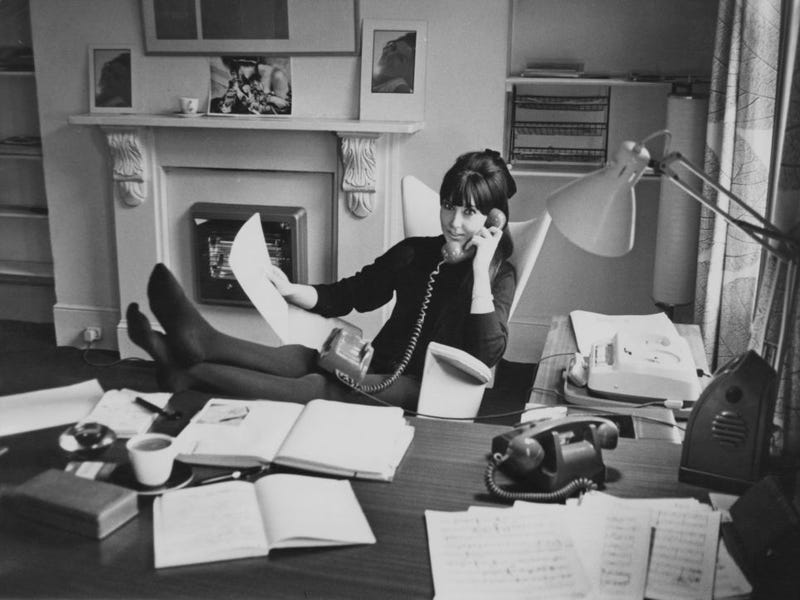
The Kennedy’s influenced fashion a lot in the 60s, pushing a more preppy and clean style. Suits continued to thin out, as well as ties with their skinner appearance. Women started wearing more put-together dresses and straight stockings. The pussy-bow blouse was the female equivalent to a man’s suit and tie.
1970s
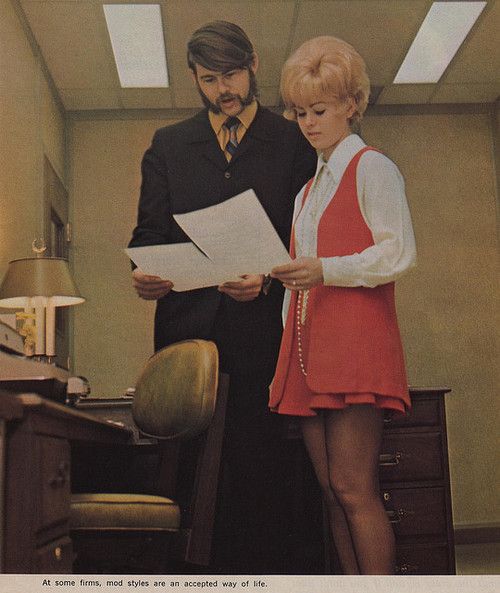
Business fashion really began to unravel in the 70s as trends entered the office as well as the streets. The attired was based more on the occupation and organisation, and slightly more relaxed. Men were able to wear long hair to the office as well as beards, with some buttons of their groovy patterned shirt undone. Women began to swap out skirts for their trousers and started to include more accessories to twist the dress code to their own style.
1980s
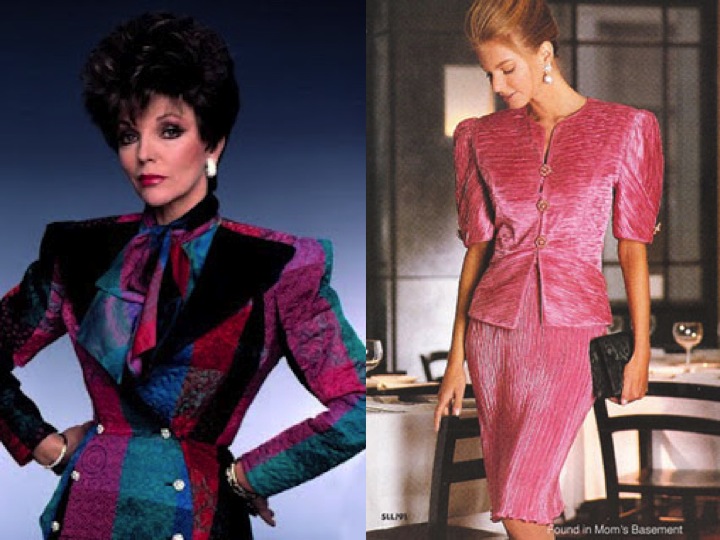
This electric era brough eccentricity into the workplace – suits boasted broad shoulders and bold patterns, alongside ‘power ties’. Woman took on a look not too dissimilar to their male counterparts, with, of course, a bold towering high heel to tackle workplace height differences.
1990s
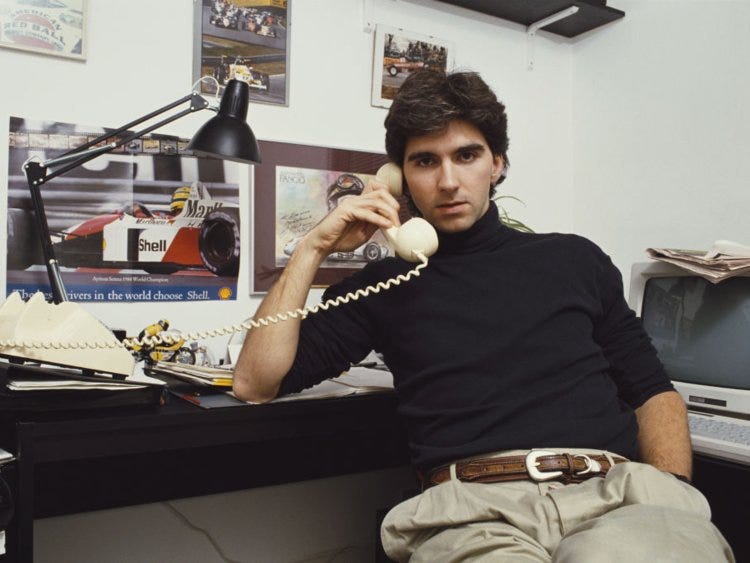
The extremities of the 80s wore off this year, but bold suits were still in place for women. Pantsuits increased in popularity alongside low-heeled shoes. Business casual was all the more popular, with the style integrating khaki trousers and sensible shoes. Those who did stick to suits wore a more baggier fit which transitioned to thinner once again when approaching the naughties.
2000s to Present
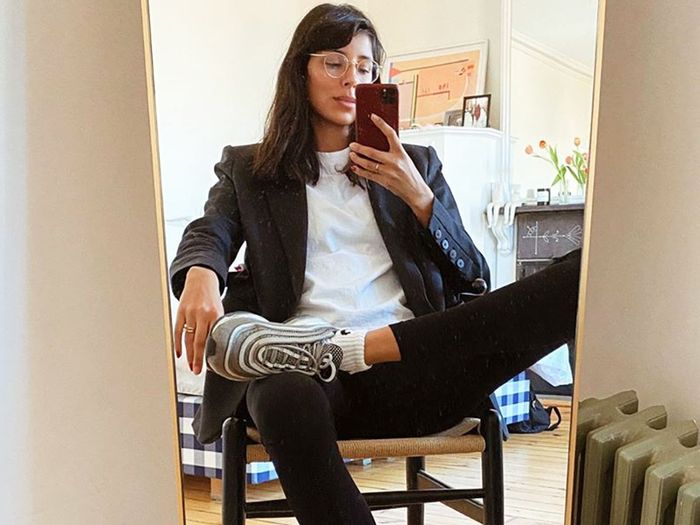
For the past 20 years, business style has remained relatively the same, except with perhaps more leeway depending on where youre working. A conservative business style remains the more popular within corporate companies, whereas young tech companies tend to prefer a much more casual trouser and t-shirt look. Especially now with remote work become the preferred method of employers, those people on zoom calls will push business casual to all new limits… with perhaps only wearing pajamas bottoms throughout the working day!


